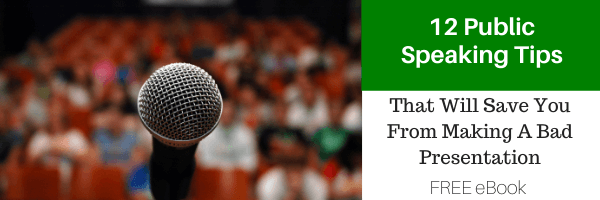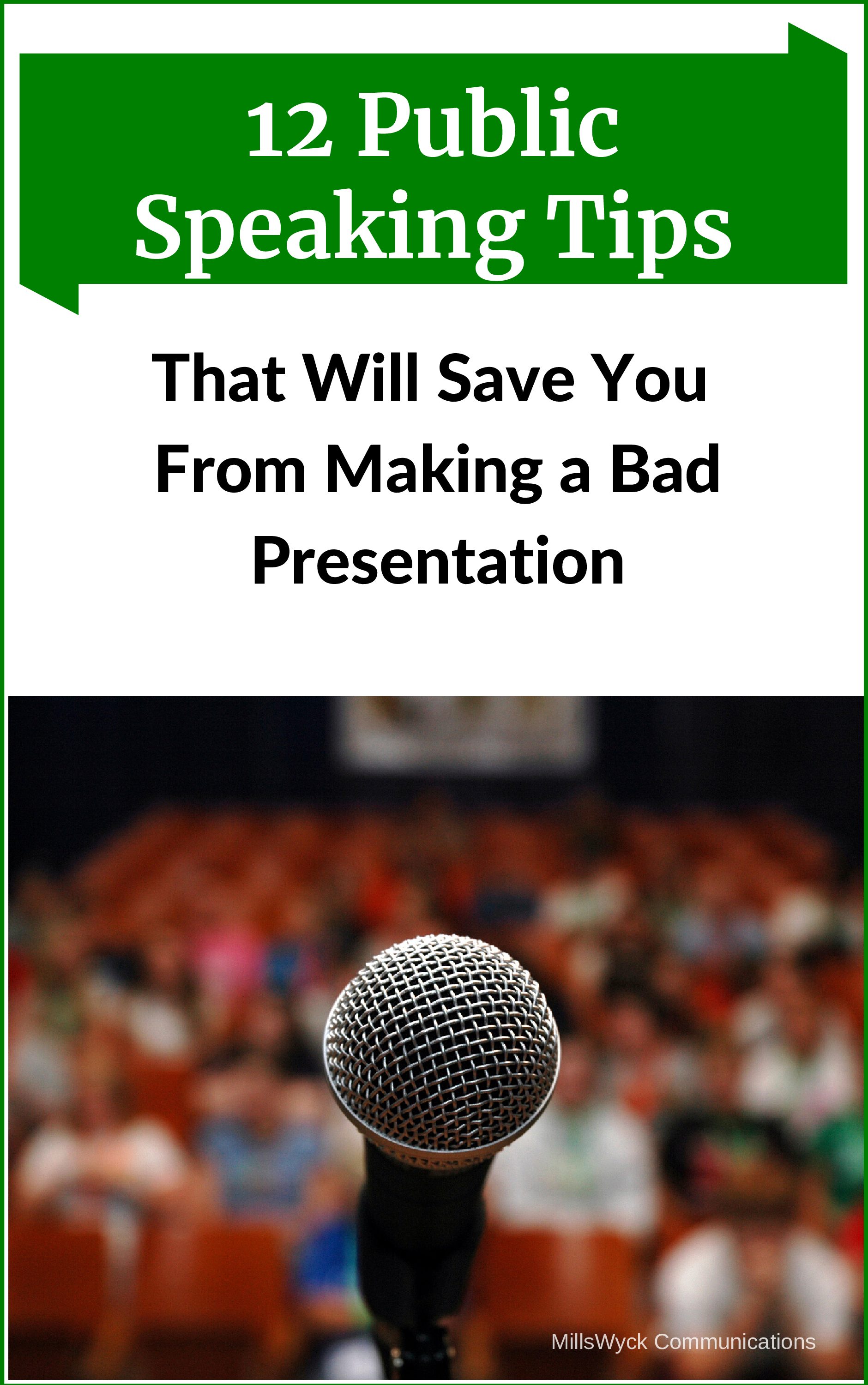Watched a butchery of handouts today. When handouts help make a point, give the listener a take-away or help keep them paying attention where they otherwise might be jotting stuff down, add things not covered in the talk, or provide context and organization to the topic, by all means use them. But here’s what I saw today:
- First, the topic was easy to understand and the take-aways simple enough to note if I wanted. Since it was a LARGE audience (>1000), just the logistics of printing would dictate that they need to be really special. They weren’t really special.
- The speaker read almost the entire handout (one sheet, front and back). Assume in a literate country that your audience can read. Reading to them is thus an insult. If I can get your point by reading what you’re going to say, why exactly did you need to come speak again?
- At points, the speaker added to the handouts. Which is great — that’s why you’re the speaker. But it wasn’t clear when he returned to the handouts, and as a result, most people didn’t know whether they should be reading along or listening intently. The speaker likely got neither.
- He started his referene to the handout with “on the sheet, about the fourth paragraph down…” Why wasn’t this start the first paragraph?
- Part of the sheet had a list. He said he’d only read the first three. Then proceeded to read them all.
- After having read the first side, he got to the ‘meat’, and uttered, “now on the back of the sheet as we begin…” Made me wonder what we were doing the first 10 minutes if we hadn’t yet begun.
In short, I felt the handouts weren’t needed at all. But assuming they added value, they need to be used appropriately. Rule #1 as applied to handouts must then be…
Don’t read collateral to your audience.


